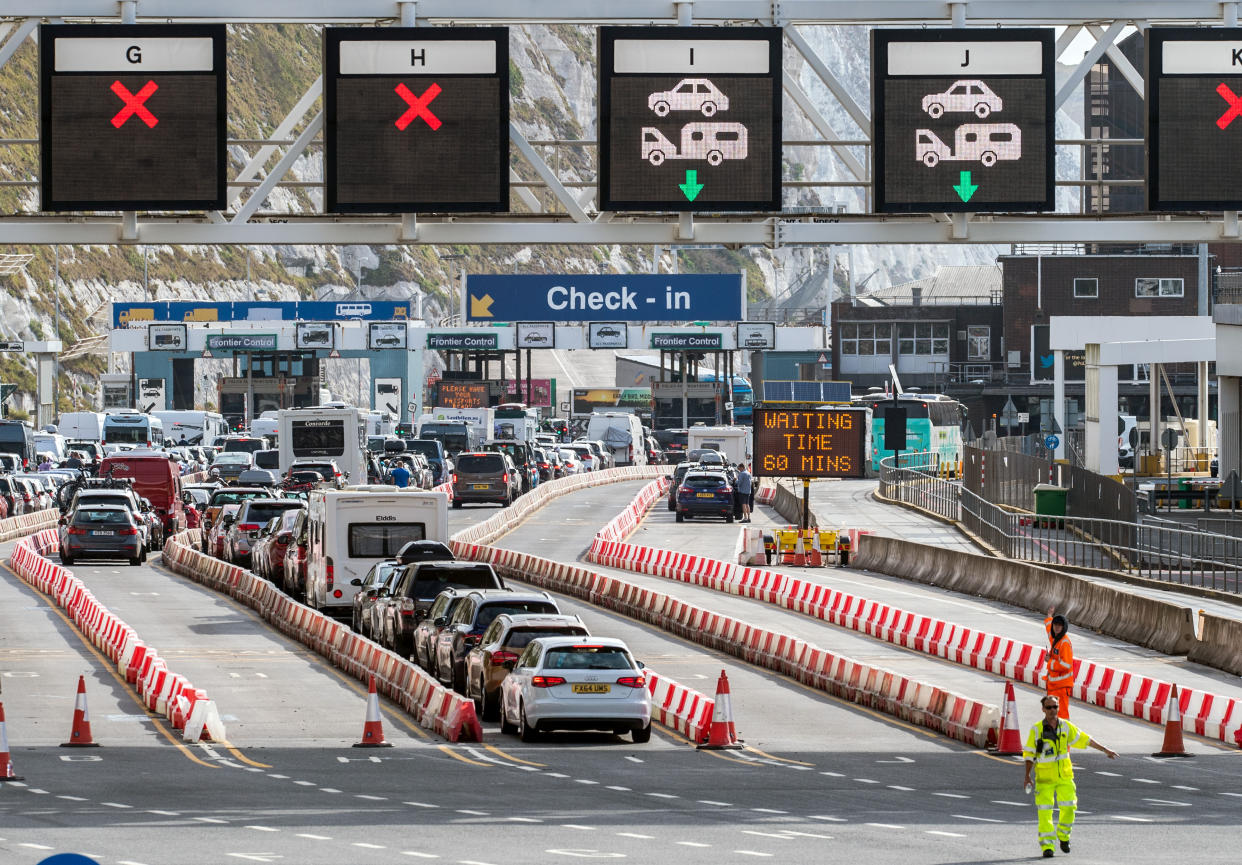Will the EU's new border rules affect your holidays?

If you've heard of the new European Union (EU) fingerprints check set to be introduced in May, you're probably wondering what this means for your next summer holiday.
Once was a time when we didn't have to worry about travelling between EU countries, coming and going as we pleased. But post-Brexit we face a lot more admin, and could also find ourselves stuck in border queues for longer than we'd like.
So, here's a closer look at how the EU's new border rules – that could cause "significant and continued disruption for a very long time" – could affect you.
Read more:World's coolest neighbourhoods to visit revealed – including five UK destinations
What is the EU's new Entry-Exit System?

The EU's new Entry-Exit System (EES) means any Brit planning to travel to the EU will have to apply for a travel authorisation document that will allow them into the bloc (group of countries) for three years.
But every time you try to enter the EU you'll have to show a facial image and give your fingerprints, with only children under 12 exempt. Meanwhile, the system will register the date and place of entry, or refusals of entry, as well as your name and type of travel document.
The European Commission expects EES to be operational at the end of May 2023 (following delays). The website states it "will replace the current system of manual stamping of passports, which is time-consuming, does not provide reliable data on border crossings and does not allow a systematic detection of overstayers (travellers who have exceeded the maximum duration of their authorised stay)".
In July, lengthy queues built up from this need to stamp every passport, with French border officials also blamed for having a lack of staff.
All these regulations now apply to the UK because we have to follow 'Third Country National' rules after Brexit, which means our travel experience will be a little different from what we're used to.
Read more:How long before a flight should you arrive and when should you check in?
What will it mean for travel to the EU?

In a nutshell, the new EU border rules could mean there's longer to wait and more personal details to share, on top of the additional paperwork to remember.
Or as Doug Bannister, chief executive of the Port of Dover, told MPs at Wednesday's transport select committee meeting, "If it comes in, in the worst possible way, in the way that we fear, it’s going to have significant and continued disruption for a very long time.
“For next summer’s getaway, we’re in a whole new ball game. If the border gets sticky, it backs up very, very quickly.”
In summary, "It’s going to have a higher impact on families wishing to go abroad next summer".
However, he also admitted they haven't seen what the process is and don't know what the technology is, so it's very difficult to estimate what the time would be.
“We’ve heard that there could be some technology that is sort of an iPad with handholds to register the fingerprints. But we haven’t trialled it. How do you pass that around a car? What happens if you’ve got a child asleep in the backseat?" he said, expressing concerns.
“What if it’s a dark stormy night and the lighting is inappropriate? We haven’t tested all of that.”
Read more: Rise of the 'grey gap year': 40% of over 60s planning trip of a lifetime
“We need the rules of the game. We need to see what the technology is going to be like," Bannister added, explaining they need a sufficient amount of time to 'trial, test and train' to use the tech beforehand to help ensure it is implemented properly.
Nevertheless, he did provide MPs with an estimate of the checkpoint times motorists might face.
“What we have heard is that it could be two minutes per person to register, plus two minutes for the car, so that’s 10 minutes for a carful of four people,” he said, an increase from around 45 to 90 seconds for the process usually.
More information for passengers is expected. But, to help more with understanding, if you've been to America or Canada before, the electronic ESTA or ETA system that uses your personal data to check against records like criminal databases, is somewhat similar to the new checks.
While you may have already been stuck in queues this year, you might want to brace yourself for more changes next summer, if they go ahead in time.
Watch: Port of Dover staff warn against new airport style checks


